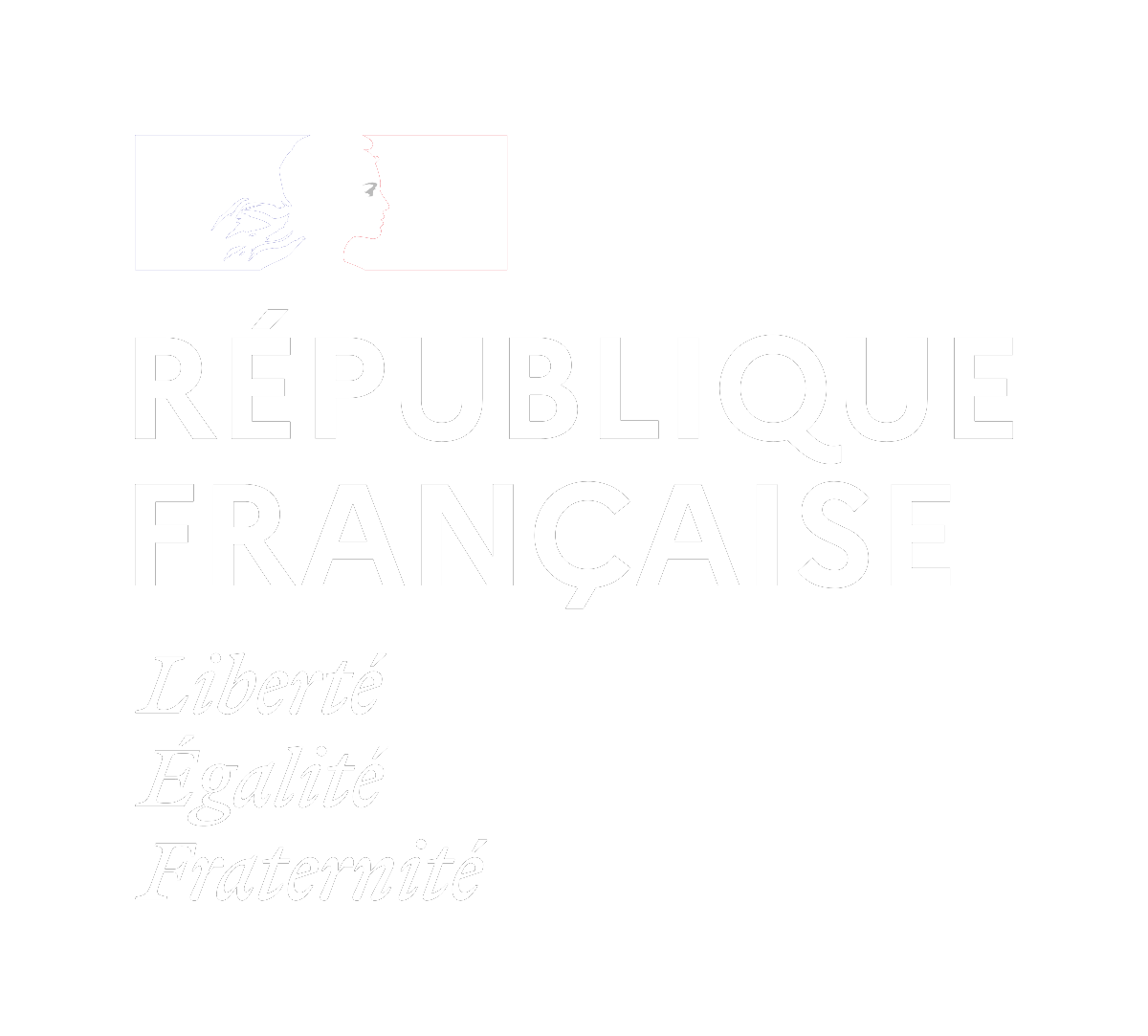What is LCA?

Our awareness of the environmental impact of the clothes we wear is growing. Carbon footprint, impact on water and other natural resources, kilometers traveled, all these criteria are now quantifiable thanks to a method of investigation and evaluation, the LCA (Life Cycle Analysis). This method evaluates the environmental footprint of a garment thanks to data collected from brands and their factories, such as the composition of a material, the weight of a garment or its place of manufacture. With Pierre, engineer at Fairly Made®, we take you to discover this tool, multi-criteria and multi-stage, essential to describe the history of a garment.
How is an LCA carried out?
Life cycle assessment is the most successful tool for global and multi-criteria evaluation of the environmental impacts of a product or service. This standardized method allows to measure the quantifiable effects of products or services on the environment. It is governed by international ISO standards: ISO 14040 -14044. To characterize the life cycle of an article of ready-to-wear, leather goods or a shoe, it is necessary to take into account all the stages of its life cycle:
1. The production of the raw material
This phase corresponds to the extraction of natural or inert resources needed to manufacture the product such as the cultivation of cotton, viscose, polyester, etc.

2. The processes of transformation of raw materials into finished products
Each factory in the product's supply chain is asked to provide details of the operations it performs on the product under study. It should be kept in mind that the environmental impact of a product depends on the factories that produced its components. Moreover, the environmental impact of factories depends essentially on the energy mix of the country where they are located (coal, gas, solar, wind, nuclear). Unlike what we might think, the transport linked to the movements between the factories and then the distribution to the final consumer generally represents only a very negligible part of the impact of the product. Indeed, the most significant part of the impact is due to the processing of raw materials.
3. Methods of use (washing, ironing, drying)
Beware not to underestimate the power of consumer actions on the environment: some information, such as the number of washes or the way the garment is cared for also have an effect on our engineers' analysis. You can therefore actively participate in reducing the environmental impacts of your clothing through your usage and care practices.
4. The end-of-life process between incineration, landfill, recycling or new life
Once the garment is worn, it can be donated, resold or repaired. It can also be recycled so that its raw materials can be used. This is only a small part of the market today, since most clothing is made of mixed materials, which limits its recyclability. There are two types of LCA : "cradle to gate", which takes into consideration the study of raw materials up to the brand's warehouse (steps 1-2), rr "cradle to cradle", that is to say from the design of the product to its end of life or second life, including distribution, transport, and use (steps 1-4).

The environmental impacts are evaluated thanks to a calculation method that will translate all the data used for the life cycle modeling of the garment into environmental impacts. The calculation method we use focuses on 16 impact categories defined by the European Platform on Life Cycle Assessment (EPLCA), an entity of the European Commission. In this method we find the impact on the ecosystem, human health, climate change, water, soil and natural resources. The LCA method provides brands with a good practice to meet regulatory requirements:
- French Environmental Labeling: ADEME project to give ABCDE scores to the product from an LCA, but only on two impact indicators (CO2/ Eutrophication)
- PEF (European Environmental Labeling): a European project with a more precise method that would give a score in points from the 16 impact criteria.
A concrete case: our LCAs for one of our historical partners, Asphalte
In order to calculate these criteria and production stages and to evaluate the impact of a garment, Fairly Made® has developed an extremely complete and easy-to-use SaaS platform. The platform provides a 360° view of the impacts of products, but also provides quantified indicators, ensures the level of commitment of suppliers and transmits the information to its teams.

Asphalte was the first brand to make use of our platform. Their goal was to offer a complete and traceable clothing line. Asphalte took the lead on the issues of the textile industry by asking Fairly Made® to evaluate the environmental and social impact of its entire collection. We provided Asphalt with an assessment of all its suppliers and product components so that the brand could be fully aware of its environmental and social impact. With 70 products analyzed, the brand has an efficient system for reporting data from its suppliers. A great way to communicate on the sourcing and manufacturing locations as well as on the mode of transport, water and energy consumption, etc. It is both a transparency approach towards its customers and a way to find ways to improve its future productions.
"Fairly Made® provides us with a 360° view on our suppliers and our products, which allows us to make the best decisions and share each product story with our customers."
- Constance Chassany, Production manager








.png)

.svg)